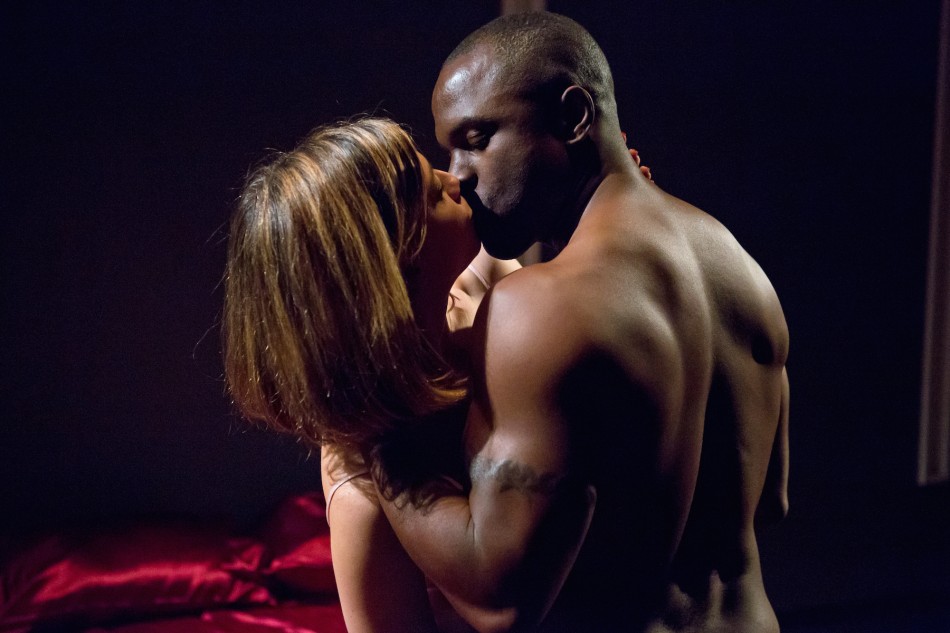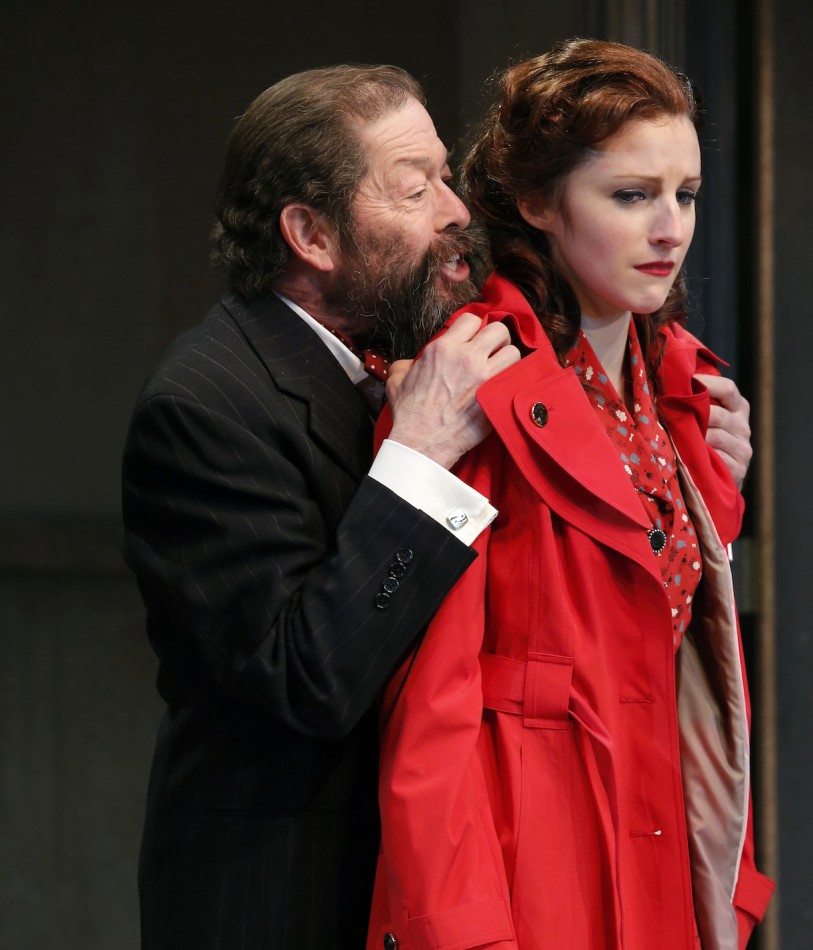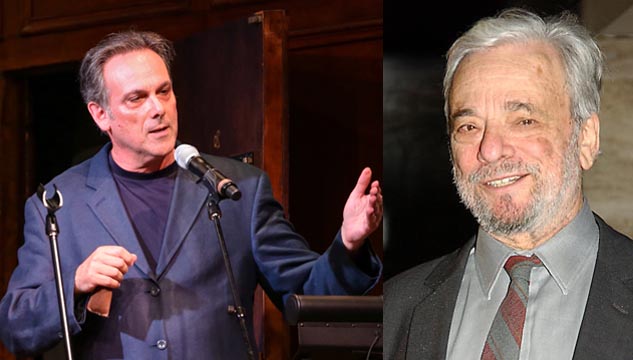
by Alix Cohen
Behind the Music with Louis Rosen: Stephen Sondheim, American Modernist
Beginnings: West Side Story, Gypsy and Forum (or Broadway Experiments, Part I)
Composer/lyricist/author/performer/teacher Louis Rosen has taught the Music Appreciation/ History and Music Theory curriculum for the 92Y’s School of Music for over 30 years. My familiarity with him up till now is as a writer and performer. I’m aware that Rosen took a Master Class with Sondheim when he first came to New York (from Chicago), that they’ve loosely stayed in touch, and that Rosen both likes and admires his subject.
This is the first of nine classes and a Lyrics and Lyricists program deeply exploring the icon. Additionally, Rosen is planning “A Conversation with John Weidman” and “A Conversation with James Lapine,” both about their work and collaborations with Sondheim. A veritable Sondheim banquet.
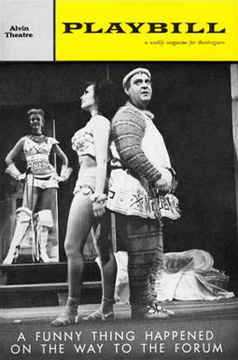

“It’s good to start with a blessing.” Rosen begins by playing us “Invocation” sung by Sondheim himself: “Gods of the theater smile on us/ You who sit up there stern in judgment, smile on us . . . We offer you rights and revels.” Unfamiliar with the lyric? That’s because this original opening for A Funny Thing Happened on the Way to the Forum was jettisoned out of town in favor of “Love is in the Air” which, at the recommendation of Jerome Robbins (called in as show doctor), was abandoned for the rewrite, “Comedy Tonight.” The Philadelphia flop apparently became a success in great part due to an opening that simply described what the audience would see.
Rosen explains: “Many think of Sondheim as the essence of Broadway. I don’t think he is. The last commercial Sondheim production—i.e. originating on Broadway—was in 1981. Everything else incubated regionally or Off-Broadway.”
“Why call him a modernist?” Rosen continues, “Sondheim was as influenced by Ravel and Brahms as he was by his favorite songwriter, Harold Arlen. He’s one of the few composers who incorporate both sensibilities. Kurt Weill, George Gershwin, and Marc Blitzstein were others. Everything is written in the service of content, character, and advancing the story. Some of his songs are actually modeled on classical forms. “Color and Light” (Sunday in the Park with George) is shaped like a sonata Beethoven would’ve understood.”
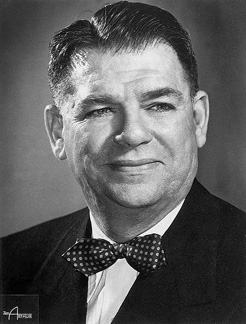

Oscar Hammerstein II
One of the things Rosen wants to do is “debunk” certain misconceptions. First, that Sondheim was an instant success. Though his lyrics were well received, the artist was determined to be responsible for both music and lyrics. He had to be convinced to write West Side Story and Gypsy by his mentor Oscar Hammerstein II. “I would make the hyperbolic statement that he was a late bloomer,” Rosen says provocatively.
After the relative success of the first musical for which he wrote both music and lyrics: 1962’s Forum (964 performances); Anyone Can Whistle (nine performances); and Do I Hear a Waltz? about which its author has commented “the less said the better” (220 performances). “1965-70 he couldn’t get anything produced and wrote Evening Primrose for a single television showing. Even in the business, he was still thought of as a lyricist.”
“Every great artist needs to catch a wave to be in sync with the times. Musical theater is the most conservative of popular forms,” Rosen said. In the 1970s, he suggests, Sondheim caught it with Company, which would not have been a success much earlier. “The Sondheim you love really began at 40 years-old.”
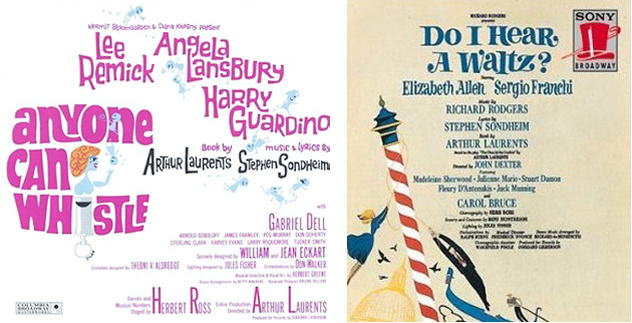

We learn about the artist’s background; an invaluable serendipitous relationship with Oscar Hammerstein II whose comment about the boy’s first cocky piece was “It’s the worst thing I ever read;” studying with Milton Babbitt (a closet musical theater fan); a stint in Hollywood writing teleplays for ‘Topper’ (no kidding); Saturday Night; and meeting Arthur Laurents, who’d just begun work on West Side Story and asking, “Who’s your lyricist?” Apparently Leonard Bernstein was the default, but didn’t want to do it.
We hear, and Rosen talks about, “America” which, at Director Jerome Robbins’ insistence, was only performed by women on stage. The film added men creating “flirtatious competitiveness.” Rosen is a bundle of vibrating enthusiasm. Though the lecture is even and theatrical, he never stays still, pacing forward and back and forth as if there’s an invisible barrier between us.
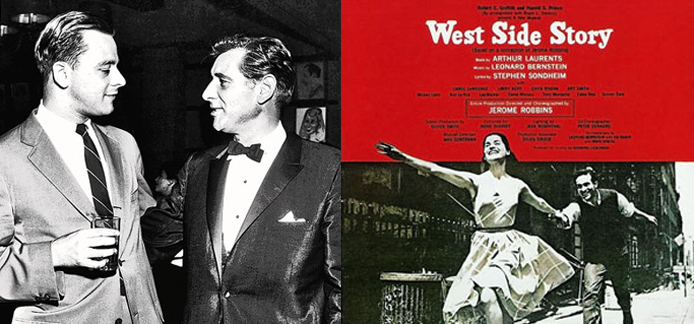

Bernstein and Sondheim agreed to co-write lyrics (in the end, what was actually used reflected only Sondheim’s contribution). They discovered Bernstein liked to work in the same room, while Sondheim preferred to be alone. Two other songs from the show follow with insightful remarks. Did you know Puerto Rican numbers were Mexican inspired? Sondheim, we’re told, may be described as obsessive/compulsive about his work, but he’s also an admitted pot head. “He needs to mellow, just a bit.”
Rosen elucidates accompaniment purposefully not supporting melody, rhyme, vowel sounds, singability, components of a successful musical theater song, and the importance of subtext. While working on A Funny Thing Happened on the Way to the Forum with Burt Shevelove and Larry Gelbart, Sondheim was approached to come onboard for Gypsy. It would be the first, and perhaps only time he’d write for a star (Ethel Merman) who demanded he write only lyrics.
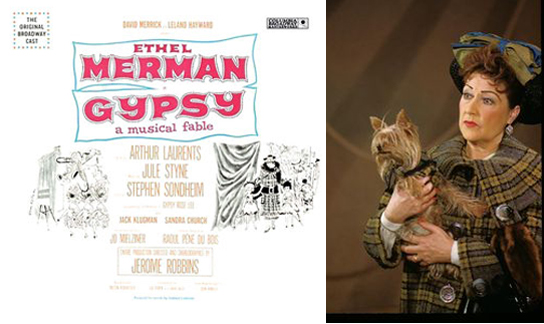

We hear, and Rosen speaks about, the wrenching nature of “Rose’s Turn,” comparing its pathos to that of “Cabaret.” “I think this may be the first nervous breakdown thoroughly captured on a Broadway stage.” The show ran a year and a half and was sold to the movies. It bought Sondheim his East Side townhouse (he rented out the top two floors at first).
Aria da capo, we circle back to ‘Forum. “The show is raucous and crude,” Robbins said about the opening number, “Not graceful and charming. Forget about art, just tell the people what they’re going to see.” Sondheim did what had to be done. Rosen discusses freshness, specificity, and changing perspective in the course of a song. We listen to “Free” with new ears. Louis Rosen is knowledgeable, entertaining and passionate. Two hours well spent.
Behind the Music with Louis Rosen: Stephen Sondheim, American Modernist
September 27, 2018.
Next: Company & Follies—Sondheim, Prince and the Plotless Musical (or Broadway Experiments, Part 2). Thursday, November 1, 2018, 1:30 pm to 3:15 pm at the 92nd Street Y.
Lecture 3: A LITTLE NIGHT MUSIC—SONDHEIM, the Romantic Classicist. Thursday, November 29, 2018, 1:30 pm to 3:15 pm at the 92nd Street Y.
Be Advised: There’s a waiting list for the next two classes, but well on his way to garnering enough people, Rosen will repeat them.




